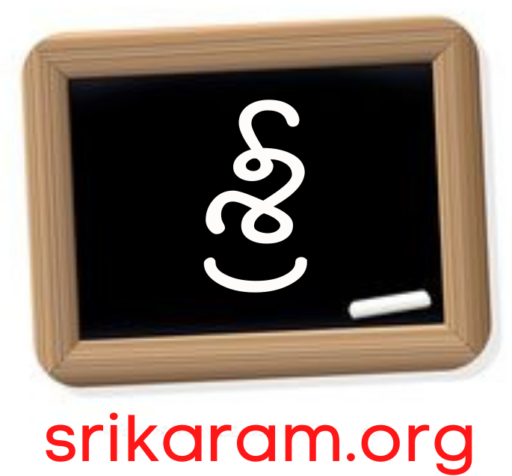Sardar Vallabhbhai Patel was one of the most significant figures in India’s freedom struggle and the founding of the Indian Republic. Known as the “Iron Man of India”, Patel played a pivotal role in uniting the princely states of India after independence, creating a cohesive nation. His leadership, vision, and resolve left an indelible mark on India’s political and social landscape.
Early Life and Education
- Born on October 31, 1875, in Nadiad, Gujarat, Vallabhbhai Patel belonged to a farmer family.
- He was a brilliant student and completed his education at the Petlad school and later went to England to study law at the Middle Temple in London.
- Patel initially practiced law in Ahmedabad, where he gained a reputation as a skilled lawyer and leader.
Entry into Politics
- Patel became involved in the Indian National Congress (INC) in 1917 after being inspired by Mahatma Gandhi’s leadership.
- His first major political involvement came during the Kheda Satyagraha (1918), where he successfully led the peasants of Kheda district against the oppressive policies of the British government. His leadership brought him into the national spotlight.
- Patel’s association with Gandhi deepened, and he became one of the key leaders of the Indian independence movement.
Role in India’s Freedom Struggle
- Non-Violent Struggle: Along with Gandhi, Patel took part in various non-violent movements like the Salt March (1930) and the Quit India Movement (1942).
- Role in Partition: During the partition of India in 1947, Patel worked tirelessly to manage the intense communal violence and ensure the safe movement of refugees, especially from Gujarat and Punjab.
Unification of India
- After India gained independence in 1947, Sardar Patel played an instrumental role in integrating over 550 princely states into the Indian Union. His diplomatic skills, paired with firmness, helped persuade the rulers of these states to join the newly independent nation.
- Hyderabad, which was one of the largest princely states, refused to accede to India. Patel led the police action (Operation Polo) in 1948, which integrated Hyderabad into India.
- He was also responsible for the establishment of the Indian Administrative Service (IAS), ensuring that India had a stable and efficient bureaucracy for governance.
The Iron Man of India
- Patel’s leadership qualities earned him the nickname “Iron Man”, symbolizing his unwavering strength, determination, and no-nonsense approach to challenges.
- He was known for his strong-willed decisions, which were instrumental in maintaining law and order and ensuring the stability of India after independence.
Legacy and Recognition
- Sardar Patel’s contributions to India’s unity and political structure were recognized posthumously. His role as a statesman is remembered as one of the most important in shaping modern India.
- In 2018, India unveiled the Statue of Unity in Gujarat, the world’s tallest statue, to honor Patel’s legacy.
- He was awarded the Bharat Ratna (posthumously) in 1991, and his vision of a united, strong, and democratic India continues to inspire generations.
Famous Quotes
“The United States of America may be the most powerful country in the world, but India is the strongest country in the world because it is united.”
“There is something unique in this soil, which despite many obstacles has always remained the abode of great souls.”
“If I had the belief that the Hindu-Muslim unity was impossible, I would not have worked for it.”
